Introduction1
The unification versus independence issue has consistently occupied the attention of researchers interested in both Taiwan’s elections and cross-Strait relations. It is important because it is a critical partisan cleavage within Taiwan’s society and has become the most salient issue in every national election, particularly the presidential elections, since 1996. However, despite the sharp ideological differences between the two leading political parties, the Kuomintang (KMT) and the Democratic Progressive Party (DPP), and the transition of political power in 2000 and 2008, the issue has remained relatively stable without leading to Taiwan’s independence or unification with China. Moreover, candidates’ stance on the independence versus unification spectrum tends to converge during presidential campaigns, leading to a continuous emphasis on the importance of maintaining the status quo in cross-Strait relations.
Of course, it is appropriate to argue that the DPP’s 2016 electoral victory is a result of responding to the public mood, which called for broad social, economic and political reforms. Yet, after the elections, the cross-Strait issue is a key reminder that citizens’ preference for maintaining the status quo must be a priority for the DPP government. In fact, supporting the status quo, regardless of its meaning, is more a reflection of the Taiwan people’s policy preferences than the presidential candidates’ campaign tactics. And, the presidential campaign of 2016 followed this pattern. The choice of maintaining the status quo is a rational choice by Taiwan voters and it discourages politicians from pursuing outright unification or independence in the foreseeable future. It has also suggested that antagonism adopted by the Beijing government after 2016 is not necessary. This paper examines how the issue of status quo maintenance in cross-Strait relations shapes electoral campaigns and party politics, and how it is received by the greater Taiwan public and mainland China.
Status Quo as a Campaign Tactic
Like previous national elections, the issue of unification verse independence continues to be the core issue thoughtfully addressed by candidates in the 2016 presidential election. The DPP’s 2016 candidate, Tsai Ing-wen, successfully offset the party’s past deficiencies in cross-Strait relations by tactically moderating the DPP’s pro-independence stance during her campaign. Given that a majority of Taiwan’s citizens has preferred to maintain the status quo over immediate unification or independence, Tsai implicitly declared herself as a presidential candidate espousing the status quo at the beginning of her campaign. This campaign tactic resembled Ma Ying-jeou’s 2008 presidential campaign when he advocated early on for maintaining the status quo, as well as Chen Shui-bian’s “new middle way” in the 2000 presidential campaign.
Tsai’s position that moved toward the status quo, instead of allying to the DPP’s pro-independence stance, can be seen as instrumental to her victory. Yet, this move has clearly signaled her cautious attitude toward the issue of unification versus independence. On the one hand, Tsai chose to stand with the majority of Taiwan voters by not having the DPP pursue Taiwan independence, and therefore, trying to prevent confrontation across the Strait if Tsai won the presidential election. Tsai’s position of status quo is especially important, because one of the KMT’s 2016 presidential candidate, Hung Hsiu-chu, had proposed a “one China, same interpretation” stance as her campaign theme. Hung’s move did not only directly run against the KMT’s original “one China, respective interpretations” position, which was skillfully engineered under the Ma administration, but also offered the DPP a cheap but effective opportunity to denounce the KMT’s closer ties to the Beijing government. On the other hand, Tsai’s move also showed a friendly gesture to the Beijing government that cross-Strait relations would largely remain intact once the DPP won the presidential election, and Beijing need not worry about de jure independence under the new DPP government.
But, Tsai’s stance of maintaining the status quo disappoints her deep-green colleagues. Even though Tsai has openly denounced Beijing’s preferred policy, the “1992 consensus,” diehard pro-independence supporters have higher expectations for a new, independent Taiwan after the DPP’s landslide victory in the presidential and legislative elections. For them, Tsai’s stance is too conservative and misses an opportunity to push Taiwan independence. Meanwhile, Tsai administration officials are not exclusively pro-independence and some of them worked for the Ma administration. These deep-green supporters voice out their dissatisfaction and continue to pressure Tsai for a more fundamentalist approach to realize the DPP’s ideology of Taiwan independence.
In fact, Tsai’s status quo position is a deliberate decision that will not completely satisfy the Beijing government since it does not endorse Ma’s “1992 consensus.” Yet, this decision is also different from the DPP’s position of Taiwan independence, which is most abhorred by the Beijing government. It is also a second best choice for the deep-green supporters, though many of them might not agree with such an assessment. At least for their objectives, Tsai’s position of status quo, unlike Ma’s “1992 consensus” that could lead to eventual unification, keeps a window open for future independence. More importantly though, Tsai’s stance has accurately responded to the views of a majority Taiwan voters. Since a majority of the Taiwan public have not issued a clear position on the issue of unification versus independence for more than three decades, the best strategy for Tsai is to sustain a similar position. To some extent, regardless of what its implications will ultimately be, status quo is a rock-solid anchor to defend strong waves from both sides. It helped presidential candidates win elections before, and should continue to work in the near future.
Status Quo as a Popular Consensus in Taiwan
The Taiwan people’s steady preference for maintaining the status quo over the past three decades has ultimately driven the aforementioned campaign appeals. The long-term survey results provided by the Election Study Center of National Chengchi University have shown that neither unification with China nor Taiwan’s independence is the most favored choice for people on the island. Instead, maintaining the status quo, an ambiguous stance toward cross-Strait relations, has maintained the majority position, as demonstrated in Figure 1.2 It is clear that most Taiwan citizens are preoccupied by a combination of maintaining the status quo, and do not prefer to unify with China, nor declare Taiwan independence. Even if the “maintain status quo, then move toward unification” responses are combined with the “unification as soon as possible” responses into pro-unification and the “maintain status quo, then move toward independence” responses are combined with the “independence as soon as possible” responses into pro-independence, the number of citizens having clear predisposition for unification or independence is still less than the preference for status quo. Moreover, Figure 1 also reflects a similar impact on people’s preference under KMT and DPP governments. Under the KMT’s ruling periods, i.e., before 2000, and between 2008 and 2016, there was not a meaningful increase in popular preference for unification. Likewise, people’s preference for independence did not increase strongly between 2000 and 2008 when the DPP was in power. This distribution illustrates that a majority of people tend to prefer the status quo regardless of which party is in power.

To some degree, Tsai’s position has moderated the already strong impulse for future independence (or also appropriate to say against the pro-future unification impulse) among many Taiwanese on the unification–independence continuum. In fact, a 2012 survey examined people’s intention for independence and the order of preference on the issue of unification versus independence, as shown in Figure 2.3
In the survey, respondents who prefer “maintaining the status quo” were asked two follow-up questions on their second preference and their least favorable preference, respectively. The purpose was to clarify the respondent’s final choice on the issue of unification and independence without resorting to any preconditions. As indicated in Figure 2, after further probing, the number of respondents who prefer “maintain the status quo” substantially reduced. Respondents who choose the broadly defined “maintaining the status quo” are more likely to have a second preference of pro-independence and a least favorable preference of pro-unification. The final distribution shows that “maintaining the status quo and independence later” (30.1 percent) is the most popular item. “Maintaining the status quo but anti-unification” (19.9 percent) was the second choice followed by “maintaining the status quo and unification later” (18.7 percent). “Independence as soon as possible” (10 percent), “maintaining the status quo and anti-independence” (9.6 percent), and “unification as soon as possible” (0.8 percent) were the least favored options.4 A combined 40 percent of respondents clearly stand for independence, while slightly less than 20 percent are for unification. Or, put another way, 29 percent of respondents are anti-independence and 60 percent of respondents are anti-unification.
One unique feature of the study is its dissection of the “maintaining the status quo” camp without considering additional conditions accompanied with unification or independence. Yet, for more than two decades, “maintaining the status quo” has been the dominant choice among the Taiwan public. A number of studies have tried to supplement the meaning of “maintaining the status quo” by adding different preconditions—potential military confrontations or peace across the Strait, economic, social and political interactions between the two sides—and assess their effects on people’s choice on the preference for unification or independence. A common trace of these findings has suggested a decreasing support for unification, even under favorable conditions.
A 2013 study designed a set of questions looking at the different scenarios that would lead to accepting unification and independence by Taiwan respondents (see Table 1).5 In terms of unification, among the outlined preconditions, the economic factor is less persuasive than similar ways of thinking and political institutions. In terms of independence, freedom from China’s military threat would lead to broad popular acceptance of independence. However, support for Taiwan independence dramatically decreases with the presence of China’s military threat. Meanwhile, the willingness of respondents to support independence in the face of military threat is also contingent on the presence of international support.

It is worth noting that the studies on preconditions for unification or independence have provided relevant information about different outcomes leading to unification or independence. The popularly favored “maintaining the status quo” option is assumed as a rational outcome to avoid the worst-case scenario. Previous experiences have made it clear that in order to win a presidential election, either a KMT or DPP candidate needs to be moderate on the issue of unification versus independence. These findings also offer strong basis for the current Tsai administration, and perhaps for all political leaders in Taiwan, that a pragmatic approach in the cross-Strait relations needs to be rooted in the status quo position.
The Beijing factor
People’s consistent preferences on the issue of unification versus independence and the changing party system in Taiwan have also provided the Beijing government a manifold calculation on cross-Strait relations. There are several scenarios regarding Taiwan’s status, from the worst to the best from Beijing’s perspective: de jure independence; de facto independence; maintaining the status quo without referring to either independence or unification; de facto unification; and, de jure unification. The three no’s policy—“no unification, no independence, and no use of force”—and “1992 consensus” as well as the broad engagements taken by the Ma administration, are not de jure unification in the eyes of the Beijing government, but are acceptable de facto unification. Comparatively, unlike the Ma administration, which had received friendly blessings from the mainland, the Tsai administration after 2016 has encountered antagonistic warnings from Beijing. These efforts attempt to force the Tsai administration back to the position of the “one China principle” or at least an open endorsement of the “1992 consensus.” In response, Beijing initiated a series of setbacks in cross-Strait relations, including a decrease of cultural, economic and trade interactions and an increase of international isolation. These strikes appeared even before the presidential election and have continued to an even stronger extent after Tsai won.
The Tsai administration deliberately adopted a position different from the previous administration’s de facto unification to maintaining the status quo without referring to either independence or unification. Some expect the Tsai administration’s new position to tilt toward a de facto independence, just as Ma’s position was regarded as a de facto unification, but it is not a de jure independence. It is also useful for the Beijing government to recognize the general trend outlined in the surveys above that the Taiwan people prefer status quo to independence. Tsai’s position on the status quo is just a true reflection of people’s rational calculation on the current cross-Strait situation.
Political leaders in Taiwan are well aware of Beijing’s intention. Likewise, they are tied to their parties’ ideologies. Nonetheless, there also faithfully adhere to the preference of Taiwan people. So compromises balancing these concerns become necessary. In particular, as Taiwan becomes a democratic state, responding to the public’s preference is the most feasible way to secure political power. The Taiwan people are the critical players on the issue of cross-Strait relations. Instead of promoting unification by exerting pressures on the new DPP government, Beijing needs to pragmatically realize that Taiwan people want to maintain a politically democratic status quo.
Conclusion
Understandably, the Beijing government will continue to affect the performance of the Tsai government in order to obtain its own objectives. It has adopted an austere position to cripple the credibility of President Tsai. However, the Beijing government has been over-cautious toward the major parties’ positions of maintaining the status quo in Taiwan. The fact is, a majority of the Taiwan people prefers the status quo. This attitude has been consistent in the past decades and has produced strong binding effects on the major parties’ positions on cross-Strait issues.
Equally important, Taiwan’s democratization is a one-way street. Various survey data clearly indicate that democratic values have already taken a deeply rooted position in Taiwan society. Even though the performance of Taiwan’s democratic governments is not always satisfactory, upholding democratic institutions continues to be the governmental preference for a majority of people in Taiwan. This also implies that the neither the KMT, the DPP nor the CCP in China can unilaterally dictate people’s preference on the issue of unification versus independence. The key to winning support from voters will be a convincing formula to enhance the social, economic and political developments in Taiwan. The formula, regardless of its label, should direct Taiwan to maintain a sustainable economy, just society and international participation. This is the status quo and will continue to be the solid consensus in Taiwan.
-
Footnotes
- This paper is a part of the author’s research report “The New Party System after Taiwan’s Presidential and Legislative Elections of 2016.” The author appreciates the resourceful assistance provided by the Brookings Institution. In particular, the author is deeply indebted to the colleagues of the Center for East Asia Policy Studies (CEAP) for their strong support for this project. Yet, the author is alone responsible for views expressed in the report.
- Taiwan Independence vs. Unification with the Mainland Trend Distribution in Taiwan(1992/06~2016/12),” Election Study Center, National Chengchi University, http://esc.nccu.edu.tw/course/news.php?Sn=167
- Hsiao, Yi-Ching Hsiao and Ching-hsin Yu, “Re-examination of 6-Itemed Measurement of Citizen’s Preference on the Issue of Independence vs. Unification in Taiwan: A Proposed Advancement,” Taiwan Political Science Review, 16:2, (2012) 65-116 (in Chinese).
- The total number is not 100 percent since the “refuse to answer” and “no response” responses are excluded from the analysis.
- Yu, Ching-hsin, “Continuity and Change of People’s Preference on the Issue of Unification vs. Independence in Taiwan: Measurements and Implications,” Report funded by the National Science Council, Taipei, Taiwan, R. O. C. (2013) (In Chinese).
The Brookings Institution is committed to quality, independence, and impact.
We are supported by a diverse array of funders. In line with our values and policies, each Brookings publication represents the sole views of its author(s).
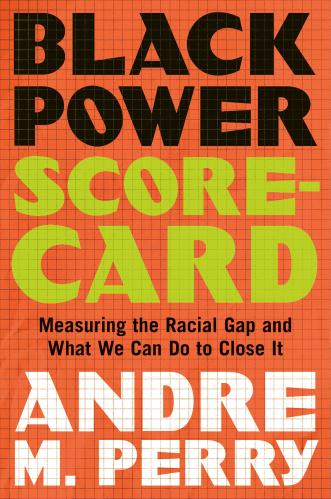
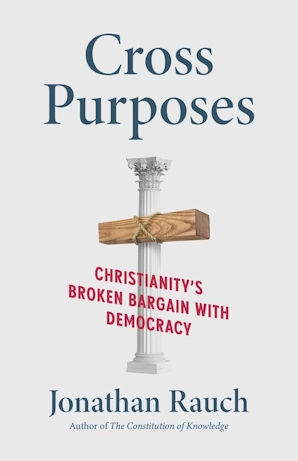
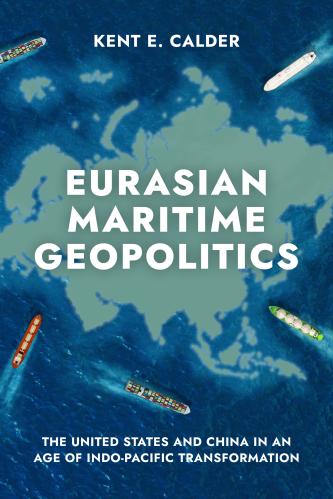
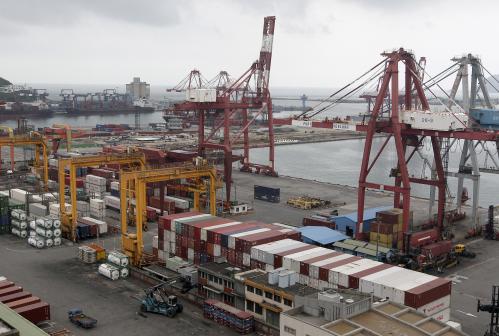

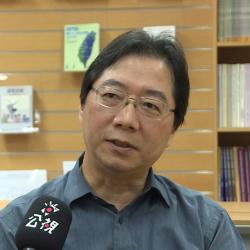
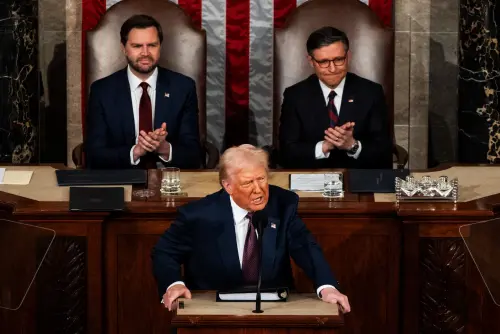
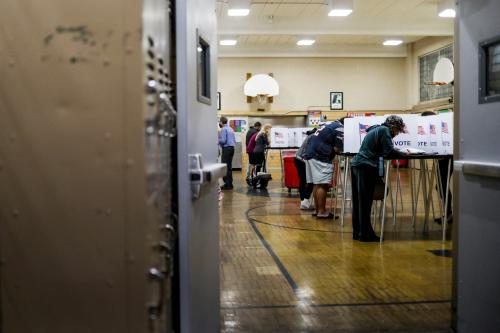

Commentary
Op-edThe centrality of maintaining the status quo in Taiwan elections
March 15, 2017